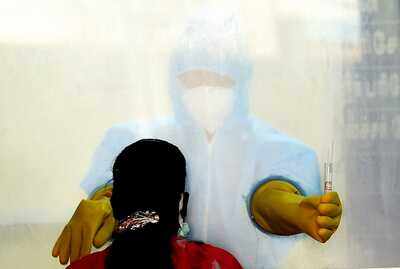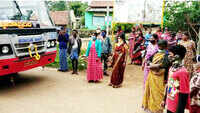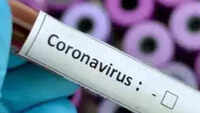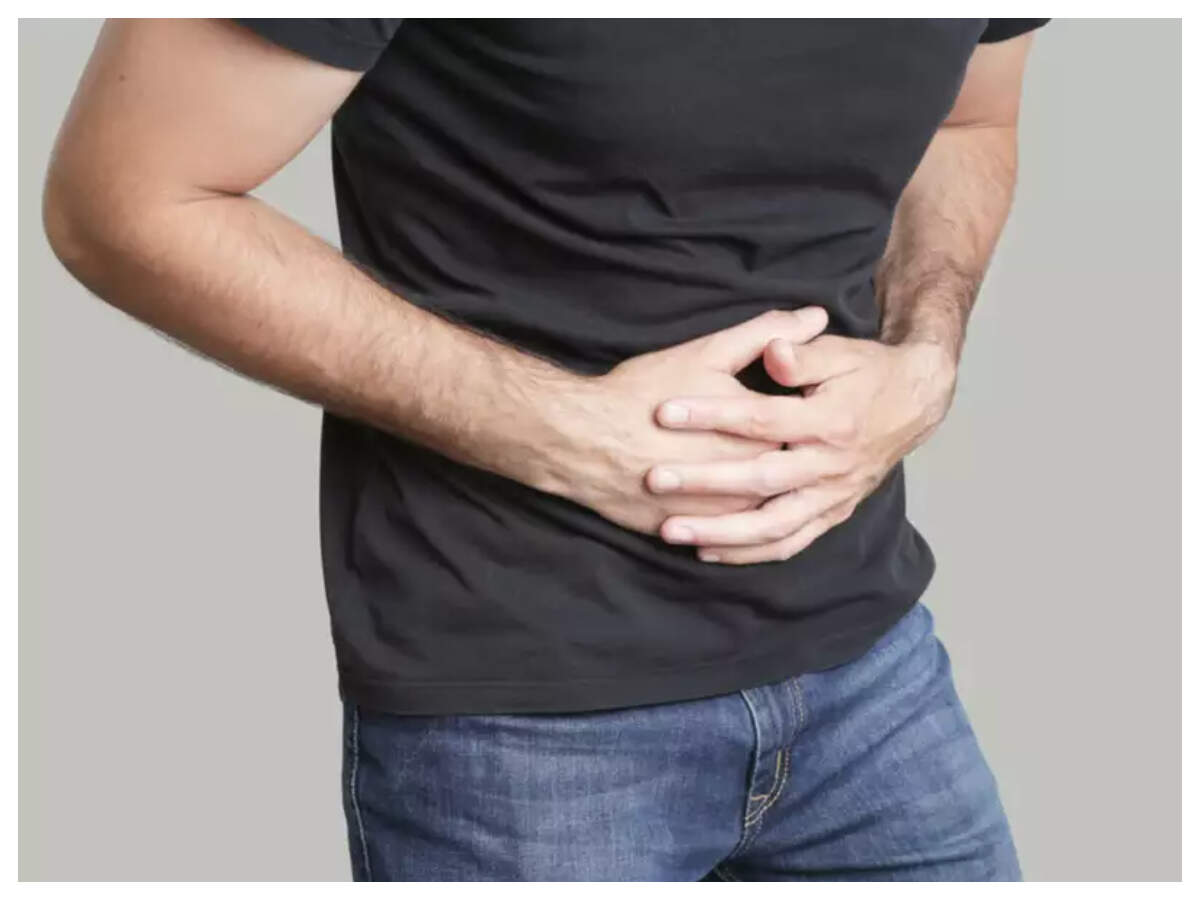
BENGALURU: As on date, the state government is unable to establish the source of infection in at least two of every five patients testing positive, making it a burning issue at hand, fueling concerns of a community spread, which multiple experts have said had already begun.
However, given the high recovery rate being witnessed so far, experts say such transmission could set off a stimulus for herd immunity in the long run even as it results in a spike in cases in the short-term. While the assessment is based on trends witnessed during previous pandemics, experts project a timeline that is not immediate.
Data from the government shows that of the 25,317 cases reported in the state up till Monday, the source of infection in 10,484 or 41% of the patients, is still being investigated. Aside from this, while the government has been able to establish that 2,535 people have either Influenza like Illness (ILI) or Severe Acute Respiratory Infection (SARI), these patients too are still under investigation so far as the source of infection goes.
Clear indications of transmission have been arrived for only 12,298 or 48.5% of the total number of patients. Of these, a majority of them have domestic travel history, while 579 have international travel history. The remaining of them have got the virus through other patients.
Dr CN Manjunath, member, Karnataka Covid-19 task force, told TOI: “The fact that there are cases whose source of infection is unknown is a concern for now as it indicates that nearly 35% to 40% of the patients got infected somewhere in the community, but in the long run, this would work as a stimulus for community or herd immunity, especially since our recovery rate is high.”
As on Monday, 41.5% or 10,527 patients have recovered but this number is expected to increase further. “Given the huge spike in cases in the last week of June and first week of July, active cases have trumped recoveries, which accounted for nearly 60% of all cases in mid-June. But this will change and we’ll see more recoveries in the coming days,” one government official said.
The state’s fatality rate so far, still at 1.6% with 401 deaths due to Covid-19, further reiterates this assessment that most of the active cases will recover.
Other experts TOI spoke with, while agreeing that as would be the case with any pandemic, a community spread precedes herd immunity, however argued that the reasons for unknown source of infection could also be because of inefficient tracking and tracing.
“The government has diverted a significant percentage of its resources to manage beds and coordinate while ignoring tracking and tracing. If this is the reason we don’t know the source then we really cannot say. On the other hand, if it is because of local transmission and community spread, then it will eventually lead to herd immunity,” Dr Giridhara Babu, professor, Indian Institute of Public Health, said.
He further added that for any community to declare herd immunity, at least 60% of the population should show the same. “Herd immunity is the goal, and it may take at least a year before we could achieve that. While the present scenario could be indicative of a process that takes us towards the goal, we should not lose sight of the immediate task at hand, which is to manage high-risk patients and prevent fatality,” he said.
Experts also pointed out that the government must conduct more serosurveillance studies to understand this and data must also be collected on infection-per-case — how many people could be infected for every one positive case — rate to manage the infrastructure and resources better.
However, given the high recovery rate being witnessed so far, experts say such transmission could set off a stimulus for herd immunity in the long run even as it results in a spike in cases in the short-term. While the assessment is based on trends witnessed during previous pandemics, experts project a timeline that is not immediate.
Data from the government shows that of the 25,317 cases reported in the state up till Monday, the source of infection in 10,484 or 41% of the patients, is still being investigated. Aside from this, while the government has been able to establish that 2,535 people have either Influenza like Illness (ILI) or Severe Acute Respiratory Infection (SARI), these patients too are still under investigation so far as the source of infection goes.
Clear indications of transmission have been arrived for only 12,298 or 48.5% of the total number of patients. Of these, a majority of them have domestic travel history, while 579 have international travel history. The remaining of them have got the virus through other patients.
Dr CN Manjunath, member, Karnataka Covid-19 task force, told TOI: “The fact that there are cases whose source of infection is unknown is a concern for now as it indicates that nearly 35% to 40% of the patients got infected somewhere in the community, but in the long run, this would work as a stimulus for community or herd immunity, especially since our recovery rate is high.”
As on Monday, 41.5% or 10,527 patients have recovered but this number is expected to increase further. “Given the huge spike in cases in the last week of June and first week of July, active cases have trumped recoveries, which accounted for nearly 60% of all cases in mid-June. But this will change and we’ll see more recoveries in the coming days,” one government official said.
The state’s fatality rate so far, still at 1.6% with 401 deaths due to Covid-19, further reiterates this assessment that most of the active cases will recover.
Other experts TOI spoke with, while agreeing that as would be the case with any pandemic, a community spread precedes herd immunity, however argued that the reasons for unknown source of infection could also be because of inefficient tracking and tracing.
“The government has diverted a significant percentage of its resources to manage beds and coordinate while ignoring tracking and tracing. If this is the reason we don’t know the source then we really cannot say. On the other hand, if it is because of local transmission and community spread, then it will eventually lead to herd immunity,” Dr Giridhara Babu, professor, Indian Institute of Public Health, said.
He further added that for any community to declare herd immunity, at least 60% of the population should show the same. “Herd immunity is the goal, and it may take at least a year before we could achieve that. While the present scenario could be indicative of a process that takes us towards the goal, we should not lose sight of the immediate task at hand, which is to manage high-risk patients and prevent fatality,” he said.
Experts also pointed out that the government must conduct more serosurveillance studies to understand this and data must also be collected on infection-per-case — how many people could be infected for every one positive case — rate to manage the infrastructure and resources better.

Coronavirus outbreak
Trending Topics
LATEST VIDEOS
City
 Video surfaces of Kanpur gangster Vikas Dubey and his group of henchmen
Video surfaces of Kanpur gangster Vikas Dubey and his group of henchmen  Baby dies within hours of testing Covid-19 positive, after travelling 400 km for treatment
Baby dies within hours of testing Covid-19 positive, after travelling 400 km for treatment  Odisha: Groom among five arrested for violating Covid-19 guidelines during wedding procession
Odisha: Groom among five arrested for violating Covid-19 guidelines during wedding procession  Covid-19: Amid gloom, a wedding of resident doctors lights up Mumbai’s Sion Hospital
Covid-19: Amid gloom, a wedding of resident doctors lights up Mumbai’s Sion Hospital
More from TOI
Navbharat Times
Featured Today in Travel
Get the app





